When people think of comic books, they tend to think of DC and Marvel. The big names from the golden age who gave us such iconic characters as Superman, Batman, Spider-Man, the X-Men, and Captain America. For over a decade, from 1938 until the early 1950s, superhero comics were a major industry. It was Detective Comics, Inc.’s character Superman that skyrocketed the popularity of comic books and superheroes. Superheroes became a symbol of hope during the war years – and no one said it better than Captain America, a character created by Timely Comics (now Marvel). Captain America was the kind of patriotic symbol that even the most simple of readers could understand; subtlety was not his thing. A good guy, in a costume of stars and stripes, created to help the US win World War II. Simple and to the point.
But after the war (more specifically, after the atomic bomb), the tone of comic books began to change. Atomic bombs and threats were littered throughout the stories, along with nuclear-powered devices. After they had fought the Nazis, they started to fight the Communists, as the Red Terror gripped the world. But the goody-two-shoes hero began to lose its allure and the popularity of comic books declined. While superheroes saw a decline, crime and horror comics became the public’s bread and butter. But you can’t hold a good hero down – the silver age was soon upon us, the first of many superhero comics revivals.
The ups and downs of the comic book industry
Marvel Comics
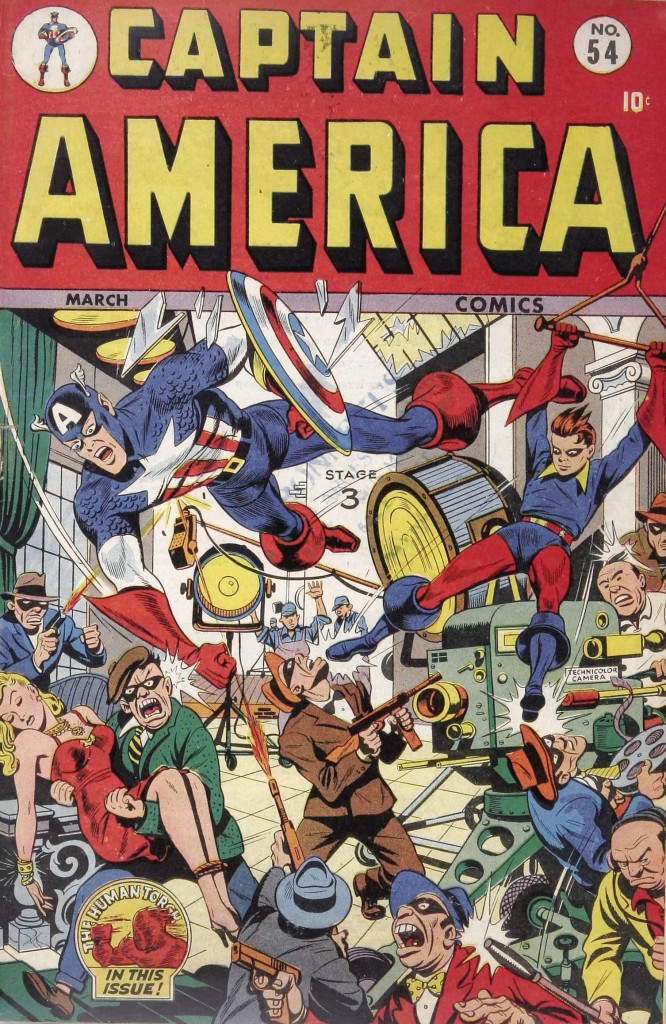 Marvel was the first to innovate the superhero genre, bringing in real human emotions, flaws, and problems into the characters and plots. In terms of their superhero output, Marvel seems to have kept the upper hand ever since (although I’m sure that Superman or Batman purists would argue against this). After DC found success with the Justice League of America, Marvel copied them with the Fantastic Four. But they put their own twist on it, creating characters who could potentially be real people with real-world concerns. This was due, in large part to Stan Lee and Jack Kirby, among others (let’s not get into the Lee/Kirby disagreements…).
Marvel was the first to innovate the superhero genre, bringing in real human emotions, flaws, and problems into the characters and plots. In terms of their superhero output, Marvel seems to have kept the upper hand ever since (although I’m sure that Superman or Batman purists would argue against this). After DC found success with the Justice League of America, Marvel copied them with the Fantastic Four. But they put their own twist on it, creating characters who could potentially be real people with real-world concerns. This was due, in large part to Stan Lee and Jack Kirby, among others (let’s not get into the Lee/Kirby disagreements…).
Marvel began its life as Timely Comics, with their first publication hitting shelves in October 1939 and introducing the character of the Human Torch. It was Captain America in 1941 that really shot the company to stardom, however. With success behind them, Timely Comics stopped publishing many of the superhero titles and changed their branding along with the tone of their publishing list. They became Atlas Comics until finally becoming Marvel Comics in 1961. While the comics juggernaut has been known as Marvel since 1961, they have changed ownership a number of times – from Cadence Industries, to Marvel Entertainment Group, to Marvel Enterprises, and finally to Disney in 2009. The beginning of the 1990s were successful, but by 1996, Marvel was forced to file for bankruptcy.
But things started to look up for Marvel (as Marvel Enterprises) with the success of several film adaptations such as Spider-Man and The X-Men trilogy in the early 2000s. Since then, they have built up an impressive and highly successful cinematic universe.
DC Comics
The company began in 1935 with Malcolm Wheeler-Nicholson’s National Allied Publications. In this first incarnation, the company produced compendiums of comics, the third and final one being Detective Comics in 1937. As a way out of debt, Harry Donenfield of Independent News was brought on board and Detective Comics, Inc. was born. The iconic character of Superman was introduced in 1938 and Batman in 1939. Colloquially, the company became known as DC Comics as early as the 1940s, although they didn’t officially adopt the name until 1977.
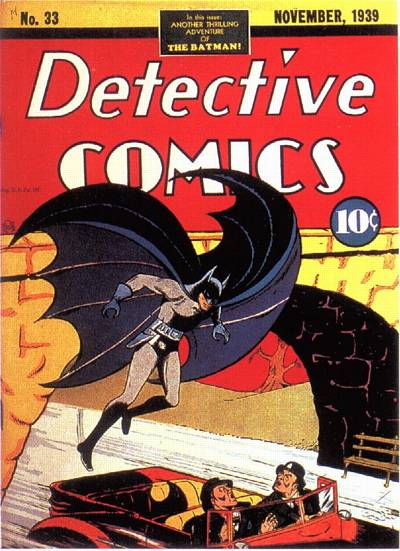 Much like Marvel, DC struggled following World War II, but found success again in the 1960s. For DC, much of this success was down to the success of the live action Batman series featuring Adam West as the titular character (and which is finally being released on DVD this year). But the television series was far from the serious, noir tone of the ‘Detective Comics’ that Batman had first appeared in. To match the ‘camp’ style the series was known for, the tone of the publications also changed. This ‘camping up’ of Batman (and other DC staples) carried on through much of the Batman films we saw in the 1980s and 1990s. In the years that followed, DC spent much of its time trying to regain its footing in the traditional superhero comic genre that Marvel had succeeded with. However, their market share never matched Marvel’s levels. Instead, DC started to focus on imprints producing comics in other genres as well as a place for reissuing rare archive material.
Much like Marvel, DC struggled following World War II, but found success again in the 1960s. For DC, much of this success was down to the success of the live action Batman series featuring Adam West as the titular character (and which is finally being released on DVD this year). But the television series was far from the serious, noir tone of the ‘Detective Comics’ that Batman had first appeared in. To match the ‘camp’ style the series was known for, the tone of the publications also changed. This ‘camping up’ of Batman (and other DC staples) carried on through much of the Batman films we saw in the 1980s and 1990s. In the years that followed, DC spent much of its time trying to regain its footing in the traditional superhero comic genre that Marvel had succeeded with. However, their market share never matched Marvel’s levels. Instead, DC started to focus on imprints producing comics in other genres as well as a place for reissuing rare archive material.
These imprints include the likes of DC Archive editions (hardbacks of archive comics), Johnny DC, Mad Books (the current incarnation of MAD Magazine), Vertigo (my personal favourite of all comic book imprints), and the Will Eisner Library. The Vertigo imprint, founded in 1993 off the back of Neil Gaiman’s Sandman comics series, is where DC really came into its own. This imprint strived to create edgier, more subversive comics – bringing in swearing, nudity, and not so stylized violence to much of its output. Since 2010, the imprint has been ‘creator-owned’ – this means that the series Vertigo publishes are purely titles that are separate from the standard DC Universe (in other words, they don’t feature characters created – and owned – by DC). For instance, titles such as Fables, Transmetropolitan, American Vampire, Y: The Last Man and Preacher are all released under the Vertigo imprint.
The allure of Hollywood and competing cinematic universes
Comic book film adaptations have been a staple of the silver screen since the 1944 adaptation of Captain America. It is DC that has had the biggest presence onscreen, regularly releasing films every few years, especially following the success of Christopher Reeve’s Richard Donner directed Superman in 1978. Marvel was not as omnipresent, releasing only four live-action films based on their publications before 2000. However, since then, Marvel has well and truly overtaken DC in popularity.
Divergent tone: The serious and the silly in DC’s world
The most successful years of DC films involved increasingly silly plots, costumes, and acting. While their films often did very well at the box office, they were rarely met with critical acclaim. This was particular true of the Batman films – in 1989, cinemagoers enjoyed Tim Burton’s fun interpretation with an awesome Prince soundtrack. The film was both a financial and critical success, as was its successor, Batman Returns. But the second film was criticized for its darker tone, and the follow-ups found themselves travelling ever further into the ridiculous. Joel Schumacher’s Batman Forever significantly beat its predecessor’s Box Office takings, but is generally looked back on with a critical eye. And if you thought that was bad, please don’t even bother with Batman and Robin – a film that consistently makes it onto lists of the worst superhero movies ever made.
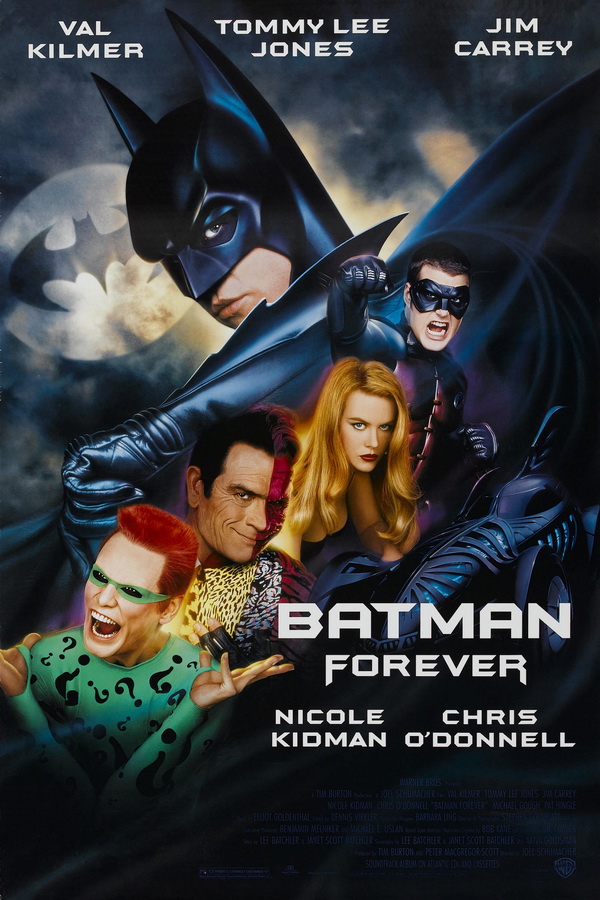 In order to get away from the campy, silly image it had created for its cinematic universe, and Batman in particular, DC rebooted Batman with Christopher Nolan’s much darker Batman Begins (2005). Nolan’s Batman trilogy has had exceptional success, both financially and critically, despite being plagued with problems (such as Heath Ledger’s untimely death and the shootings that took place during a screening of The Dark Knight Rises). Hot on the heels of the successful Batman reboot, they attempted to do the same thing with 2006’s Superman Returns. Sorry Brandon Routh, but you’re no Dean Cain (yep, I’m a Lois & Clark girl from way back, none of this Christopher Reeve stuff for me). Unfortunately, it didn’t match the success of its darker counterpart, disappointing fans, critics, and financial backers alike. They tried again with Superman in 2013’s Man of Steel, but again missed the mark somewhat.
In order to get away from the campy, silly image it had created for its cinematic universe, and Batman in particular, DC rebooted Batman with Christopher Nolan’s much darker Batman Begins (2005). Nolan’s Batman trilogy has had exceptional success, both financially and critically, despite being plagued with problems (such as Heath Ledger’s untimely death and the shootings that took place during a screening of The Dark Knight Rises). Hot on the heels of the successful Batman reboot, they attempted to do the same thing with 2006’s Superman Returns. Sorry Brandon Routh, but you’re no Dean Cain (yep, I’m a Lois & Clark girl from way back, none of this Christopher Reeve stuff for me). Unfortunately, it didn’t match the success of its darker counterpart, disappointing fans, critics, and financial backers alike. They tried again with Superman in 2013’s Man of Steel, but again missed the mark somewhat.
The answer to this? Put Superman and Batman together in a supercharged superhero film. Obviously! We are now waiting with trepidation for the follow-up to Man of Steel, with Henry Cavill returning as Superman while introducing Ben Affleck as Batman. I have a feeling that they will try to make the film more serious and darker, to match Nolan’s success with Batman. However, this works with Batman – that noir feeling and the murky line between good and evil. But does it work with Superman, DC’s squeaky clean superhero?
Marvel embraced the fun and welcomed the cash
While DC headed down the dark road, Marvel started to carve out its own distinctive brand personality. This doesn’t mean that Marvel didn’t have its fair share of Box Office flops and teething problems, however. Back when the company was having financial difficulties, it sold off the rights to many of its characters (film rights only), including X-Men, Daredevil, Fantastic Four, and Spider-Man. Many of the related films have left Marvel disappointed, not holding with their overall vision for their brand and characters. If you were wondering why we have a Spider-Man remake so soon after the last trilogy, remember that Marvel are now desperately trying to get the rights to their characters back, but those who own them aren’t yet willingly to let go of them.
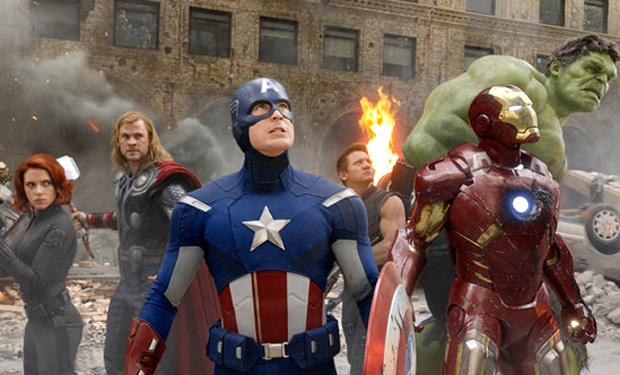 Marvel started to learn from their mistakes, tightly controlling the production of films based on their characters, so much so that they started producing films from Marvel Studios rather than selling the rights to external production companies. The real success of this move can be seen in 2008’s Iron Man. Since then, they’ve had hit after hit (not counting the lackluster Hulk film). Marvel characters have entered the mainstream. You will be hard pushed to find a member of the populace not aware of Iron Man, Thor, Captain America, or The Avengers after recent Box Office successes. Even the external studios that own rights to Marvel characters have picked up on this emphasis on quality, with 20th Century Fox giving us the brilliant X-Men: First Class.
Marvel started to learn from their mistakes, tightly controlling the production of films based on their characters, so much so that they started producing films from Marvel Studios rather than selling the rights to external production companies. The real success of this move can be seen in 2008’s Iron Man. Since then, they’ve had hit after hit (not counting the lackluster Hulk film). Marvel characters have entered the mainstream. You will be hard pushed to find a member of the populace not aware of Iron Man, Thor, Captain America, or The Avengers after recent Box Office successes. Even the external studios that own rights to Marvel characters have picked up on this emphasis on quality, with 20th Century Fox giving us the brilliant X-Men: First Class.
The difference between Marvel and DC cinematic universes appears fairly clear cut, and I hate to give you a Buffy metaphor, but it seems to work… DC is Angel – dark, broody, and kind of annoying, while Marvel is Spike – fun, funny, and self-aware (sort-of). While DC thinks the path to success lies along the line of serious, dark characters, Marvel is aware that superheroes are (at their core) just a little bit silly. They aren’t afraid to have fun in their films, while still creating well-rounded, flawed characters. There’s humour and warmth mixed in with the fights between good and evil. Silly doesn’t always have to be camp or without merit. And fun, well-constructed films don’t need to be hard-hitting dramas. Marvel has cracked it and their cinematic universe is paying dividends. This year the world eagerly awaits Captain America: The Winter Soldier, Guardians of the Galaxy, and X-Men: Days of Future Past. In 2015, there’s The Avengers: Age of Ultron and Ant-Man. If anyone asks, it is the Marvel films I’m looking forward to – DC who?!
A healthy rivalry…
My very obvious preference for Marvel is not unique to me – their success is hard to argue with. So much so that it has prompted quite a few changes in DC’s plans for their future cinematic adventures. The Justice League of America are DC’s ‘version’ (although they were first) of The Avengers. While originally there had been rumours of a Justice League film in the works (quite some way away), DC sees that they need to catch up with Marvel. So, instead of simply having a sequel to Man of Steel, it has become a stepping stone to a full-blown Justice League film. Although, given all the rumours of other DC superheroes that might be joining the film as well, who knows, maybe it is a Justice League film after all!
Where do your loyalties lie?
Marvel and DC have managed to remain the two biggest players in comic books since the 1940’s. However, their paths have diverged over the years as each company tries to carve out its own individual identity. I have to admit that I am not a staunch follower of either. I love, love, love DC’s Vertigo imprint of creator-owned titles, but I’m a much bigger fan of the Marvel film outputs. I have always loved Batman – the dark, noir, detective style stories are right up my alley, but the other staple DC characters leave me feeling a little cold. Whatever your preferences, it’s nice to know that these companies will continue to be with the comic book reading community for years to come.
The television war between the two rivals is very different, however. Stay tuned for our comments on that…
 Pop Verse Pop Culture Universe
Pop Verse Pop Culture Universe
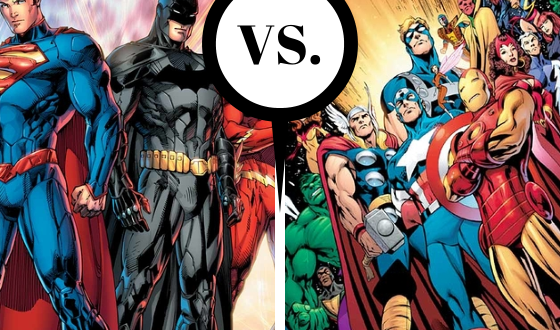

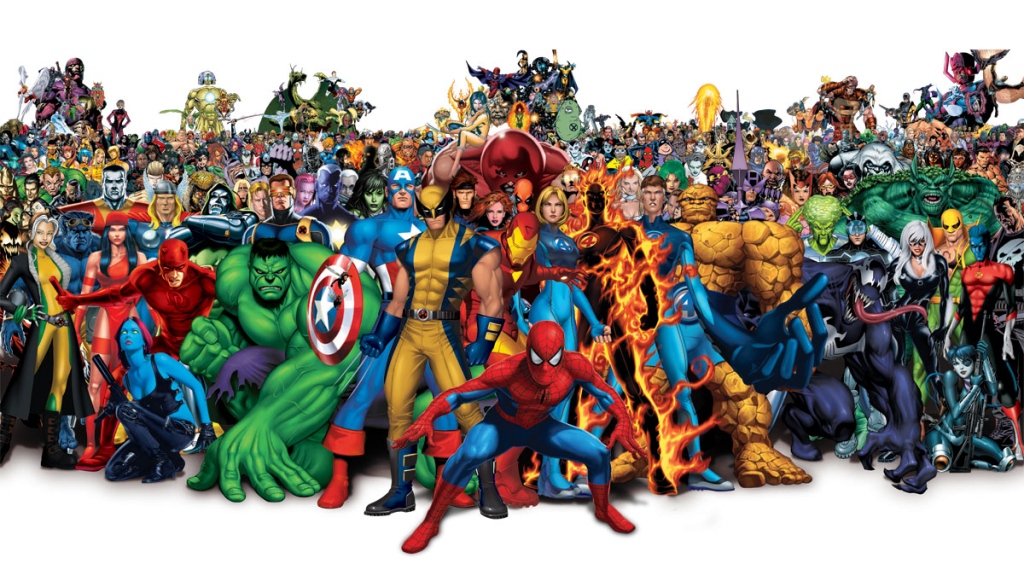

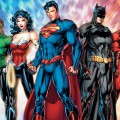
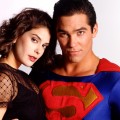

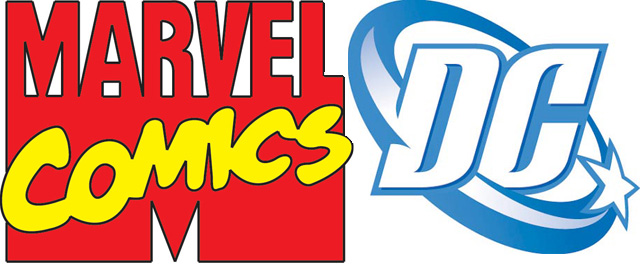

2 comments
Pingback: DC Finished? They’re Coming Out Fighting | Brain Cage
Pingback: Screen RobotDC finished? They're coming out fighting | Screen Robot